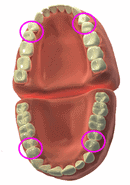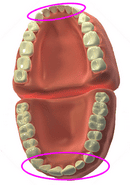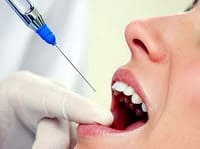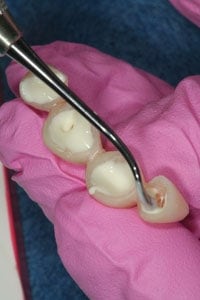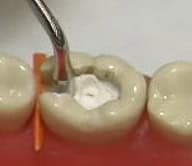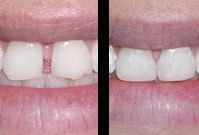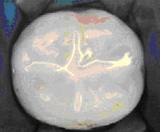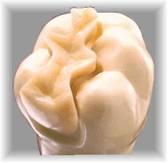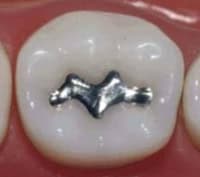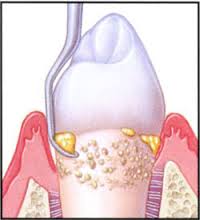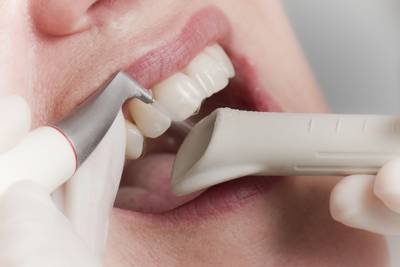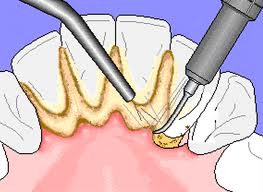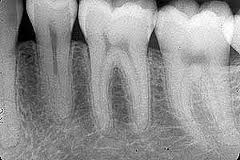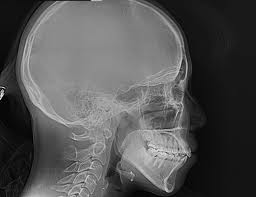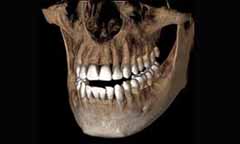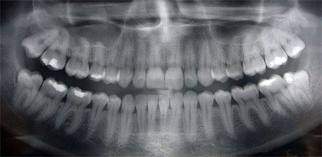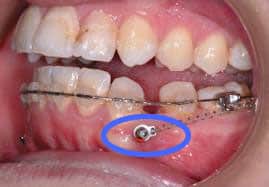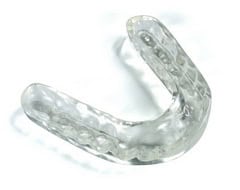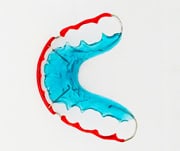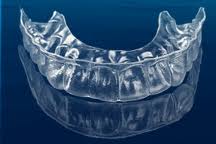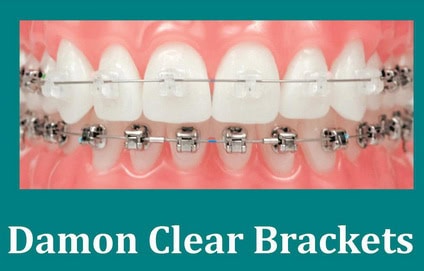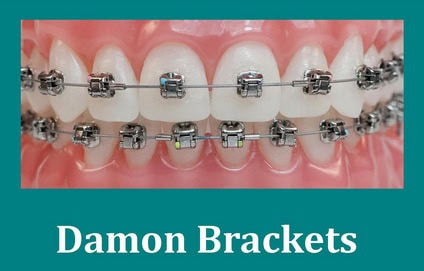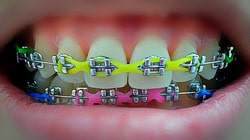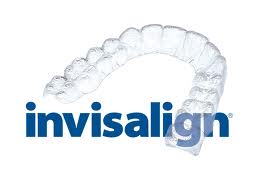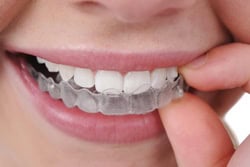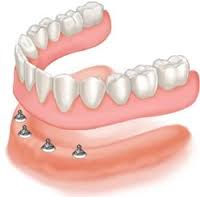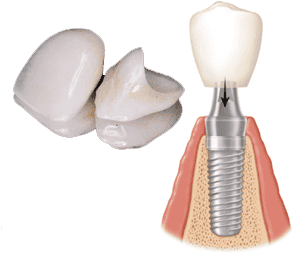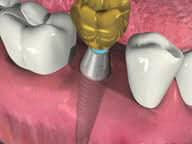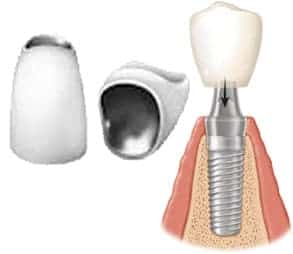Wisdom Tooth Removal
Table of Contents
Table of Contents
Wisdom Tooth Removal: Procedure, Recovery & Post Care
Thinking about getting your wisdom tooth removed can be really scary, and a common question people ask is, “Do I really have to do it?” We get it; it sounds daunting. But do not worry, we are here to help you understand everything you need to know about wisdom teeth in simple words. By the end of this guide, you will have all the knowledge you need to feel more at ease about removing your wisdom tooth. Let’s explore this together and make it much easier to understand.

What are wisdom teeth?
Wisdom teeth, also known as third molars, are the last set of molars located at the back of the mouth. Understanding the intricacies of wisdom teeth is essential, as they often require special attention due to their late eruption and potential complications.
Why Do We Need to Have Wisdom Tooth Extracted?
Dental extraction, specifically concerning wisdom teeth, becomes necessary when these molars are impacted or causing issues such as pain, infection, or misalignment.
What Kind of Wisdom Tooth Needs Surgical Procedure?
When wisdom teeth are impacted (partially or fully trapped beneath the gum line) or only partially erupted, a surgical extraction becomes necessary. These situations often require an oral surgeon’s expertise.
Should You Remove Your Wisdom Tooth Even If It Does Not Cause Pain?
Yes, you should. Wisdom teeth, although not causing immediate pain, often lack space to emerge properly, leading to potential issues like impaction and misalignment. Proactive removal is recommended to prevent future complications, avoid damage to adjacent teeth, and prevent sudden painful episodes. Consulting a dental professional for personalized advice ensures a proactive approach to oral health.
Can I Take Painkillers for Wisdom Tooth Pain?
When your wisdom tooth hurts, taking pain relievers can help for a little while. But remember, this relief is only short-term and won’t solve the problem. It’s like putting a band-aid on a cut; it helps for a bit, but you still need to see a doctor. So, while these painkillers can give you a break from the pain, it’s important to visit a dentist for a proper solution.
Wisdom Tooth Removal Procedure
First, the area around the tooth is numbed using local anesthesia, ensuring the patient feels no pain during the process. Then, the dentist or oral surgeon carefully opens the gum tissue, exposing the tooth and bone. Depending on the tooth’s position, it might be removed in sections to ease the extraction. Once the tooth is successfully taken out, the area is cleaned, and stitches may be used to close the gum, aiding the healing process.
Is Wisdom Tooth Removal Painful?
Getting wisdom teeth removed might sound scary, but it’s not as painful as you think. Dentists use numbing medicine, so you won’t feel pain during the removal. You might feel a bit of pressure, but that’s normal. After the removal, there might be some discomfort, but dentists can give you medicine to make it better. Following their advice helps you feel better quickly. So, while it might seem scary, the process is designed to keep you comfortable and pain-free.
Diet After Wisdom Tooth Removal
After wisdom tooth removal, it is important to follow a soft and gentle diet to aid the healing process and prevent discomfort. During the initial days, opt for cool and soft foods Avoid hot, spicy, or crunchy foods that could irritate the healing site. Opt for nutrient-rich, easily chewable foods to maintain your energy levels.
Pain After Wisdom Tooth Extraction and Healing
After wisdom tooth extraction, some discomfort and swelling are normal. You will feel the pain for 3 – 4 days. As the days pass, the pain gradually decreases, and the healing process begins. Keeping the extraction site clean. Most discomfort subsides within a few days to a week, but complete healing may take several weeks. Regular follow-up appointments with the dentist ensure the recovery is on track.
If the bleeding doesn't stop, what should you do?
If bleeding persists following a tooth extraction or wisdom tooth surgery, avoid sucking on ice as it may introduce bacteria from the ice. Instead, use a cloth wrapped around an ice pack and apply it externally near the extracted or surgical area. This can help stimulate blood clotting and reduce swelling and inflammation. However, if applying cold compression does not stop the bleeding, you must contact your dentist immediately
Regular dental check-ups are essential for keeping your wisdom teeth in check. Dentists can monitor their growth, spot issues early, and ensure timely care.

